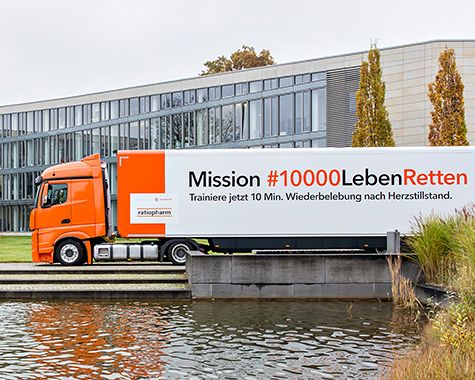Design Thinking
Glossary
Design Thinking Basics
Design Thinking is more than just an innovation method; it is a mindset and a stepping stone for creating an innovation-centric culture.
Thisisdesignthinking.net
This website presents design thinking related case studies and interviews, demonstrating the range of perspectives on design thinking.
User-centricity
User-centricity is a way of working in which the user with his or her needs, wishes and problems is the focus of (innovation) efforts.
Complexity
Dealing with complexity has become one of the most frequently quoted reasons for using Design Thinking in large systems, such as organizations operating globally. As these are highly dynamic complex systems operating within similarly complex contexts, the Design Thinking principle of “MOVING FORWARD WHILE LEARNING FROM FAILURES AND SUCCESSES” is seen as an appropriate strategy for remaining adaptive and innovative.
Scientists and practitioners agree that complex systems:
- involve large numbers of interacting elements
- feature nonlinear interactions in which minor changes cause major consequences
- are dynamic, meaning that the whole is greater than the sum of its parts, and solutions cannot be imposed; rather, they arise from patterns
not only create unpredictable and counter-intuitive connections between existing issues, complex issues but also feature opaque entanglements through time.
Design Challenge
The Design Challenge is a question that frames the problem field and serves as a starting point for a Design Thinking project.
Design Research
Qualitative research is conducted to learn more about the user needs, pain points, conflicts, or problems. The focus lies on finding inspiration for solutions.
Design Thinking Components
Innovation and effective problem-solving combine three essential components: technical feasibility, economic viability and human desirability. Design Thinking approaches problems from a human perspective, with the objective of designing innovative and desirable products, services or experiences that reflect all three aspects.
Design Thinking Elements
Three important factors make Design Thinking successful: the collaborative interaction of multi-disciplinary and decision-capable teams, flexible work space for collaborative work and a workflow that follows the DT process.
Multidisciplinary Teams
Place (Space)
Design Thinking Process
Understand
Observe/Empathy
Synthesis
Point of view
Ideate
Prototype
Test
Iteration
Extreme user
Extreme users have an extreme, non-average relationship to the design question. They are included in design research because they may be able to help produce particularly inspiring research findings.
Check-In
A check-in is a brief session of a team or group used at the beginning of a phase of collaboration-for example, at the start of the workday. It is used to adjust to others in the group on a personal level and can improve the quality of collaboration and togetherness. Check-In is also often used with new teams to help team members get to know each other better.
Check-Out
A check-out is a short session of a team or group that is used towards the end of a phase of collaboration – for example, at the end of the workday. It is used to adjust to others in the group on a personal level and can improve the quality of collaboration and togetherness. The check-in is also often used to reflect on the collaboration or what has been worked on. As a meeting ritual, it often marks the end of the team’s shared workday.
Warm-Up
A warm-up is an exercise that gets a team into a mental or physical state appropriate for the work phase that follows. It is often used at the beginning of the day or after the lunch break to raise energy levels. In the training context, it can also hint at the training content to follow.
Design Thinker
A Design Thinker is person living and working with the Design Thinking mindset.
Design Thinking Coach
A coach is a trained Design Thinker who supports a team throughout a design thinking process and/or project. The role of the coach is to support the team in the process and methods, while content generation responsibility belongs to the team
Program Manager
Our program managers are the link between our customers and our coaches. After understanding our customer’s expectations and goals, the program managers define and individualize formats that match those preferences. They then bring in coaches to design an experience in which customers can experience Design Thinking according to their goals.


